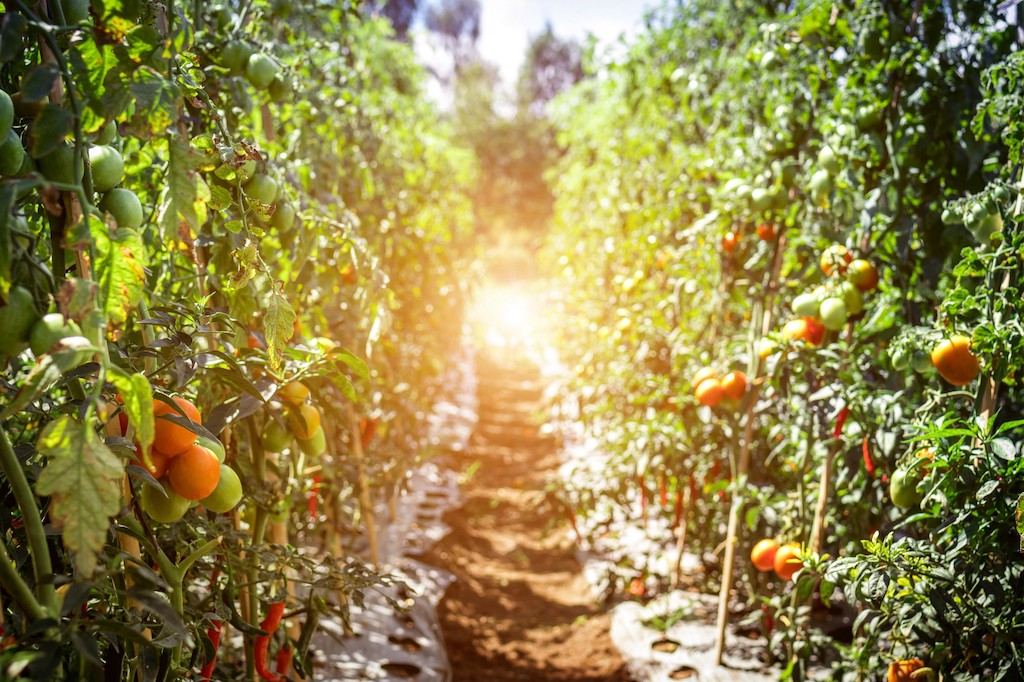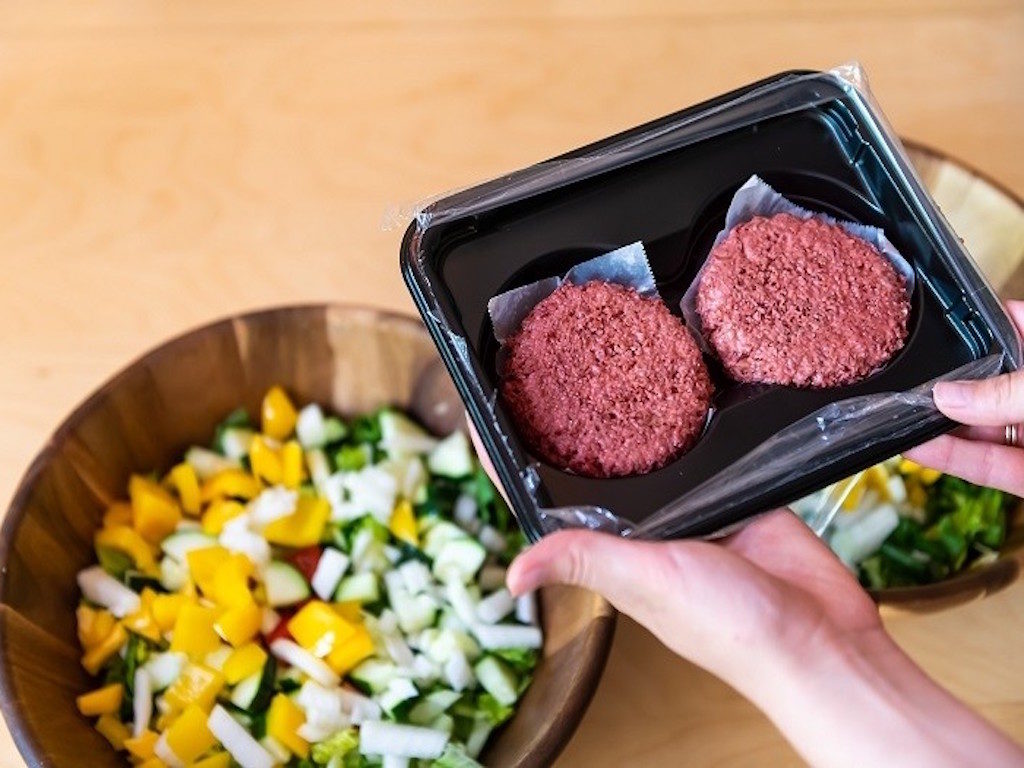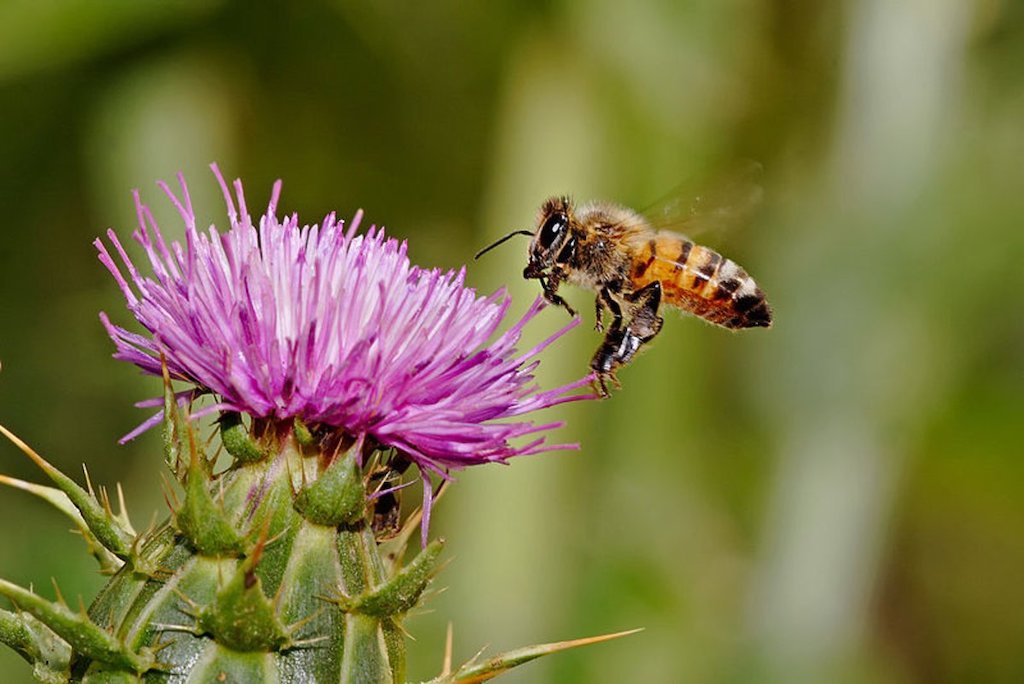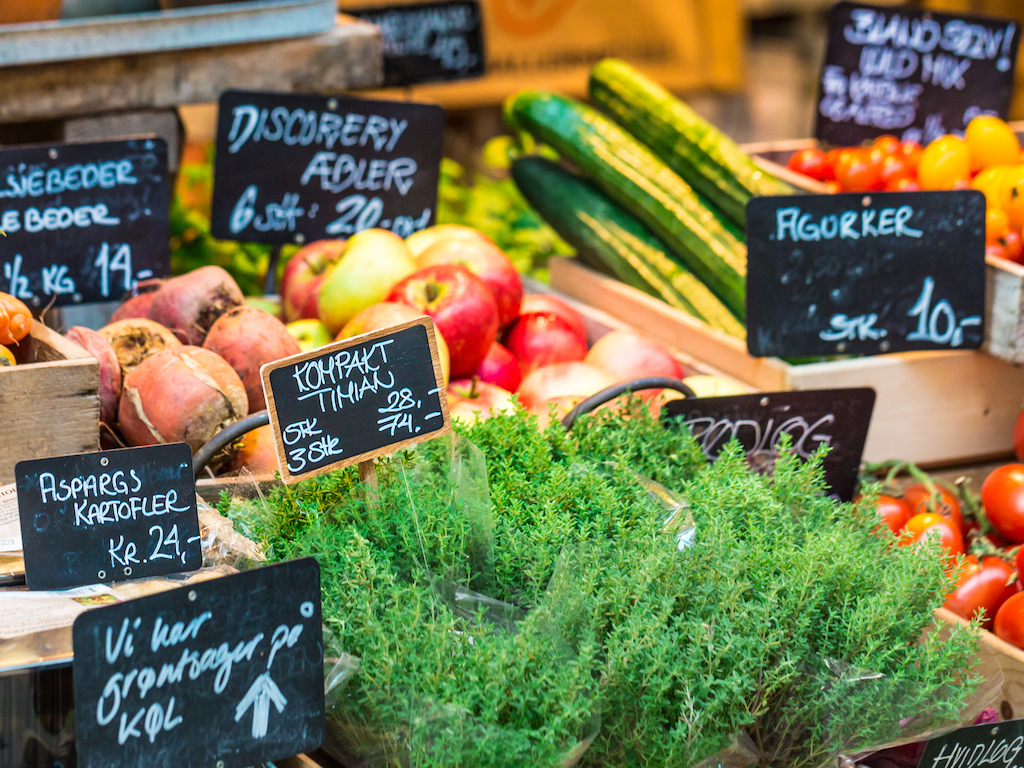Biodiversity, Organic & Alt Protein Push: An Inside Look At The EU’s Mega Plan To Transform Their Food System
6 Mins Read
Published on World Biodiversity Day (May 22), the European Commission is proposing a dramatic new plan as a part of its European Green Deal policy. The 10-year plan is made up of two parts – one to tackle mass biodiversity loss and another to transform its food system – with the two strategies described as “mutually reinforcing” to bring about a more sustainable future, particularly in the wake of the Covid-19 crisis. The plan is an ambitious push forward for organic agriculture and sustainable food production.
“The coronavirus crisis has shown how vulnerable we all are, and how important it is to restore the balance between human activity and nature,” said vice president of the EU Frans Timmermans as the plans were revealed.
“Climate change and biodiversity loss are a clear and present danger to humanity. At the heart of the Green Deal, the Biodiversity and the Farm to Fork strategies point to a new and better balance of nature, food systems and biodiversity. To protect our people’s health and well-being, and at the same time to increase the EU’s competitiveness and resilience.”
The plan has bold commitments and ambitions, with sub-targets under both the biodiversity and food system strategies. Here, we break down what’s in the plan, and look at what kind of blueprint this might provide for other countries to bring about a better, safer, greener and crisis-resilient world.
Farm to Fork strategy
The core goal of the bloc’s Farm to Fork Strategy is to transition the EU into a food system that can guarantee the food security and nutritional needs for all, sourced in a way that will not burden the planet.
Some of the concrete targets set under this goal, which the commission has set aside €10 billion (US$10.9 billion) of its budget, will target the use of pesticides, fertilisers and antibiotics. It also pledges to put sustainable alternative proteins at the centre of its research and innovation to decrease the carbon footprint of the EU food system.
Promoting organic agriculture
Farm to Fork plans to reduce the use and risk of chemical and hazardous pesticides by 50%, and to decrease the use of fertilisers by 20%, which will help reduce nutrient losses and boost soil fertility. The sale of antimicrobials in animal agriculture and aquaculture will be halved. By 2030, the EU wants to up the share of organic farming to 25% from its current 8%.

Some of the leading organic organisations in the continent have already welcomed this part of the plan, including the International Federation of Organic Agriculture Movements EU (IFOAM EU), which called it a “landmark decision”. The European Organic Processing and Trade Association (OPTA) added that the strategy is a “recognition of the contribution [organic farming] brings to the tables and plates across Europe”.
Alternative proteins
Pointing out that animal agriculture causes almost 70% of all agricultural greenhouse gas emissions in Europe, a key area of research that the Farm to Fork strategy will fund will go to boosting the “availability and source of alternative proteins”.
Plant-based proteins will be central to complementing the other part of the EU’s Green Deal – to curb biodiversity loss. In a report titled “Appetite for Destruction”, experts from the WWF found that 60% of all biodiversity loss across the world can be traced back to animal livestock production. This means that 30% of biodiversity loss would be saved by halving traditional animal farming, saving 12,000 species each year.

But while scientists have long called for a shift to plant-based to effectively decrease the carbon footprint of our plates, the EU’s plan will also include other alternative protein sources that may not necessarily be slaughter-free. For instance, research will go into developing marine and insect-based proteins and meat substitutes alongside plant and microbial-based alternatives.
Improved labelling
Another part of the Farm to Fork strategy is to ensure that nutritious food options are easily accessible to all EU citizens, and to do so requires clearer front-of-pack labelling with more information on what is healthy and sustainable. This is set to roll out by 2022. Animal welfare labelling may also be considered to link together with sustainability efforts on farms, such as its associated greenhouse gas footprint during production, air pollution and water usage.
Read: Why we need carbon footprint labels on our food
Biodiversity strategy
Targeting the core drivers of biodiversity loss, the new Biodiversity Strategy aims to curb the unsustainable use of land and oceans, end the overexploitation of natural resources, reduce pollution and combat invasive species in a climate-stricken world. The overall goal of the €20 billion (US$21.8 billion) plan is to bring forward the recovery of Europe’s biodiversity by 2030.
Some of the binding targets under this proposal is to restore damaged ecosystems and rivers, improve the health of habitats and species in the EU, bring back native pollinators, make cities greener, and improve the health of European forests.

Protecting land and seas
30% of Europe’s land and seas will be turned into managed protected areas, with at least 10% of the area transformed into high-diversity landscapes. These landscapes will see the creation of buffer strips, ponds, hedges and fallow land. By 2030, 25% of agricultural land will be managed organically.
And within the 30% of these protected areas, seas and habitats in the EU, a third of it will be under “strict protection”, which means that there will be absolutely no human activities and intervention unless it falls under minimal management to preserve wildlife. These strictly protected areas include carbon-rich habitats, such as old-growth forests, wetlands and grasslands. Currently, only 1% of marine areas and 3% of land is considered strictly protected.
Wildlife regeneration
To help reverse the destruction of wildlife and habitats that has already happened, the Commission plans to plan 3 billion extra trees and to expand organic farming (in the Farm and Fork strategy) to help bring back native pollinators such as bees, whose numbers have been steadily declining, which will lead to disastrous consequences for our global food system and botanical species. Fines will be lodged against those who miss targets to restore nature.

Pressure against the common agricultural policy (CAP)
The biodiversity plan will see the common agricultural policy (CAP) put under much greater scrutiny. Biodiversity experts and conservationists have long argued that the CAP, which subsidises €60 billion (US$65.3 billion) to farmers every year for the amount of land they have, was driving biodiversity decline as it promotes intensive farming methods rather than environmental improvements.
Lead image courtesy of Shutterstock.




